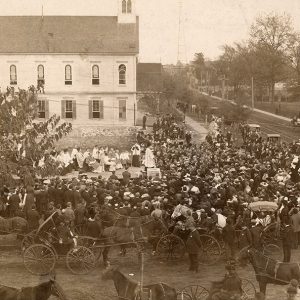 St. Edward Catholic Church
St. Edward Catholic Church
Entry Type: Place - Starting with S
 St. Edward Catholic Church
St. Edward Catholic Church
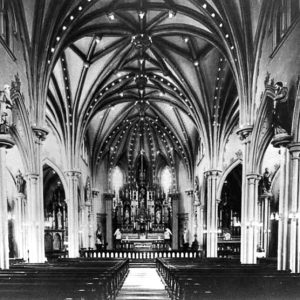 St. Edward Catholic Church Interior
St. Edward Catholic Church Interior
St. Elizabeth (Conway County)
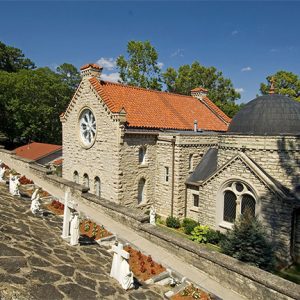 St. Elizabeth's Catholic Church
St. Elizabeth's Catholic Church
St. Francis (Clay County)
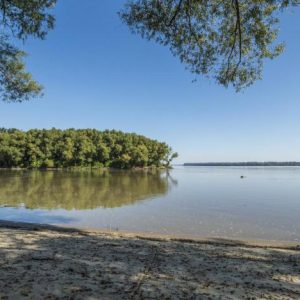 St. Francis and Mississippi Rivers
St. Francis and Mississippi Rivers
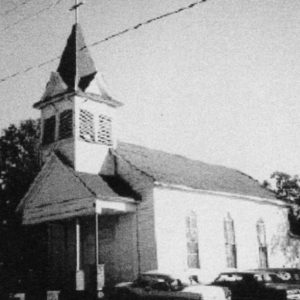 St. Francis Catholic Church
St. Francis Catholic Church
St. Francis County
 St. Francis County Museum
St. Francis County Museum
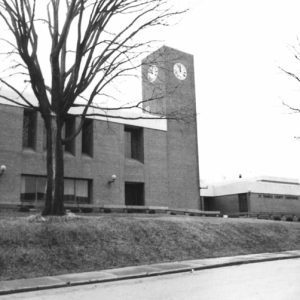 St. Francis County Courthouse
St. Francis County Courthouse
St. Francis County Museum
St. Francis National Scenic Byway
 Storm Creek Lake
Storm Creek Lake
 St. Francis River
St. Francis River
St. James (Stone County)
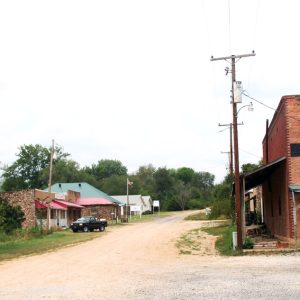 St. Joe
St. Joe
St. Joe (Searcy County)
St. Joe Historical Missouri and North Arkansas Depot and Museum
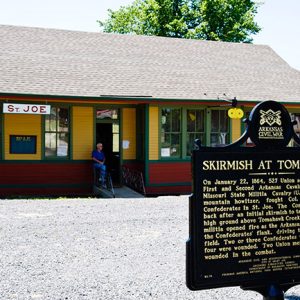 St. Joe Depot
St. Joe Depot
 St. Joe Depot
St. Joe Depot
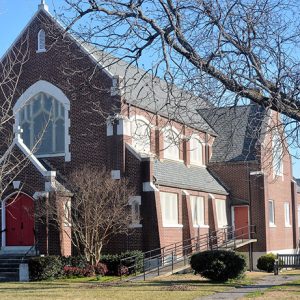 St. John's Episcopal Church
St. John's Episcopal Church
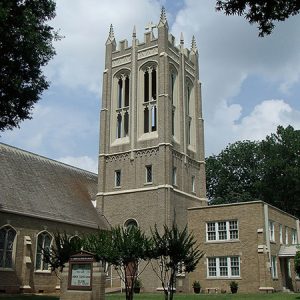 St. John's Lutheran
St. John's Lutheran
 St. John's Seminary Building
St. John's Seminary Building
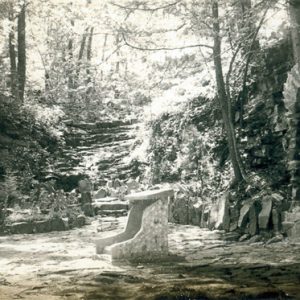 St. John's Grotto
St. John's Grotto
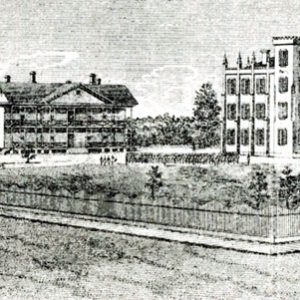 St. Johns' College
St. Johns' College
 St. Johns College and U.S. Hospital
St. Johns College and U.S. Hospital
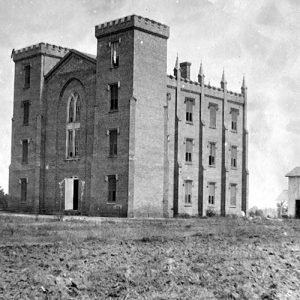 St. Johns' College
St. Johns' College
St. Joseph Colony
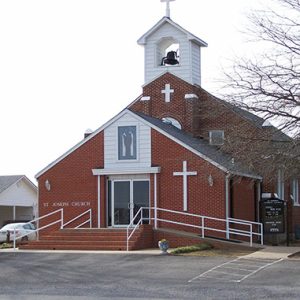 St. Joseph's Catholic Church
St. Joseph's Catholic Church
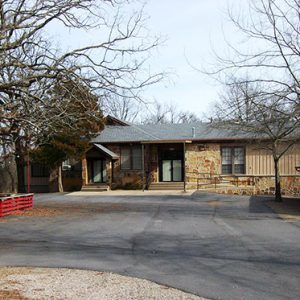 St. Joseph's Catholic Church Parish Hall
St. Joseph's Catholic Church Parish Hall
St. Joseph’s Home
aka: St. Joseph Center
 St. Joseph's Home
St. Joseph's Home
 St. Joseph's Home Detail
St. Joseph's Home Detail
 St. Joseph's Home Entrance
St. Joseph's Home Entrance
 St. Louis and North Arkansas Railroad
St. Louis and North Arkansas Railroad
St. Mary’s Catholic Church (Helena-West Helena)
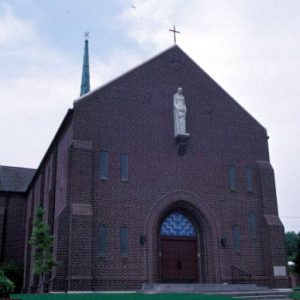 St. Mary's Catholic Church
St. Mary's Catholic Church
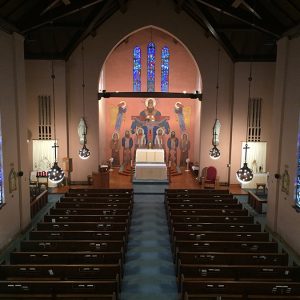 St. Mary's Catholic Church Interior
St. Mary's Catholic Church Interior
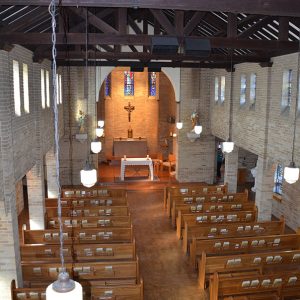 St. Mary's Catholic Church Interior
St. Mary's Catholic Church Interior
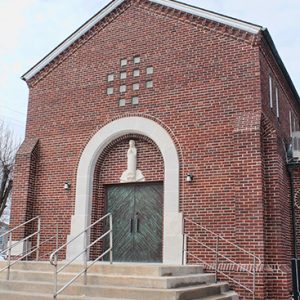 St. Mary's Catholic Church
St. Mary's Catholic Church
St. Mary’s Catholic Church (Paragould)
St. Mary’s Church (Altus)
aka: Our Lady of Perpetual Help Catholic Church (Altus)
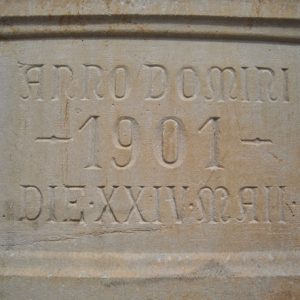 St. Mary's Church Datestone
St. Mary's Church Datestone
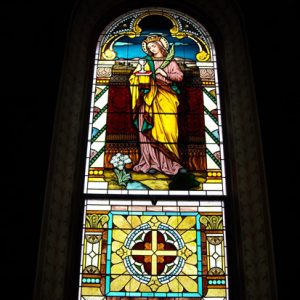 St. Mary's Church Stained Glass
St. Mary's Church Stained Glass
 St. Mary's Church Interior
St. Mary's Church Interior
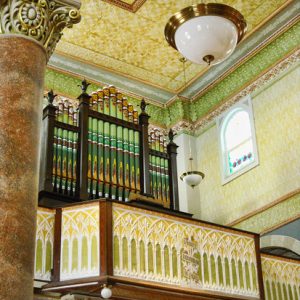 St. Mary's Church Organ
St. Mary's Church Organ
 St. Mary's Convent
St. Mary's Convent
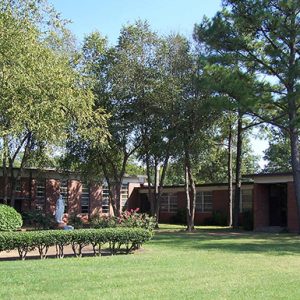 St. Michael's School
St. Michael's School
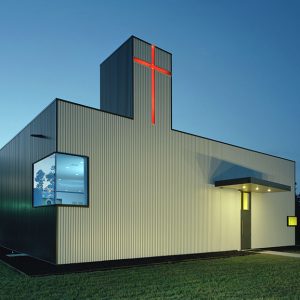 St. Nicholas Church
St. Nicholas Church
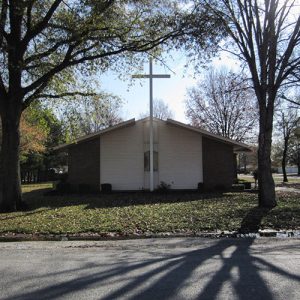 St. Norbert’s Catholic Church
St. Norbert’s Catholic Church




